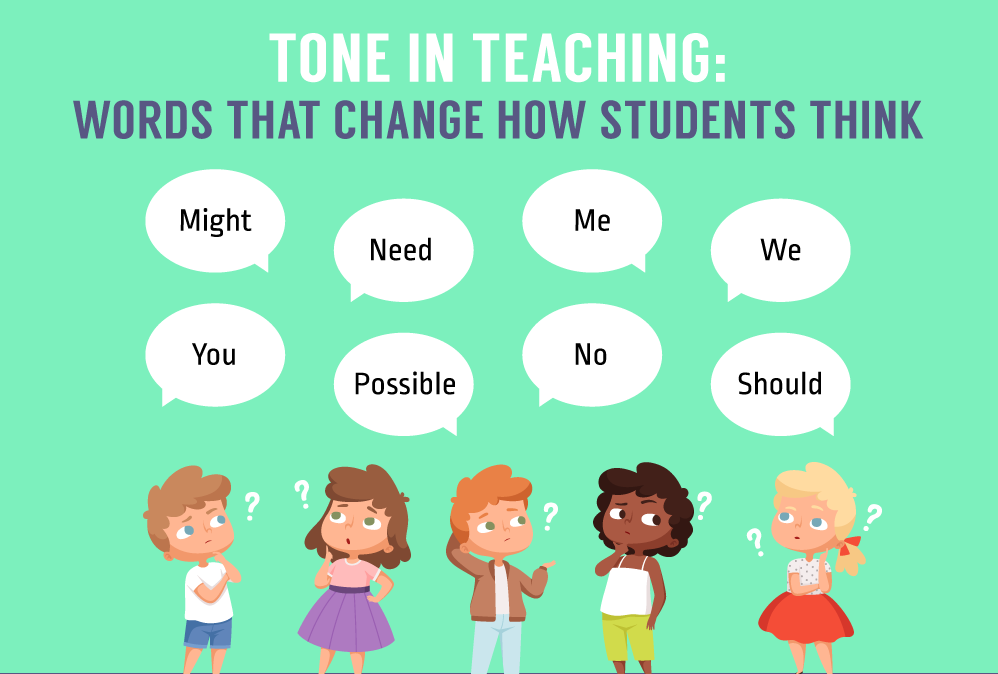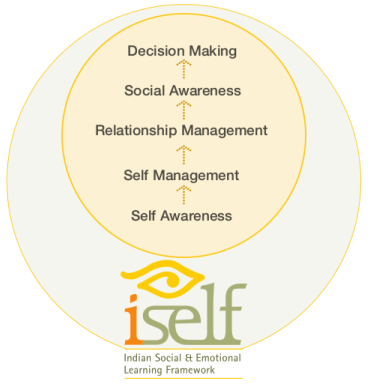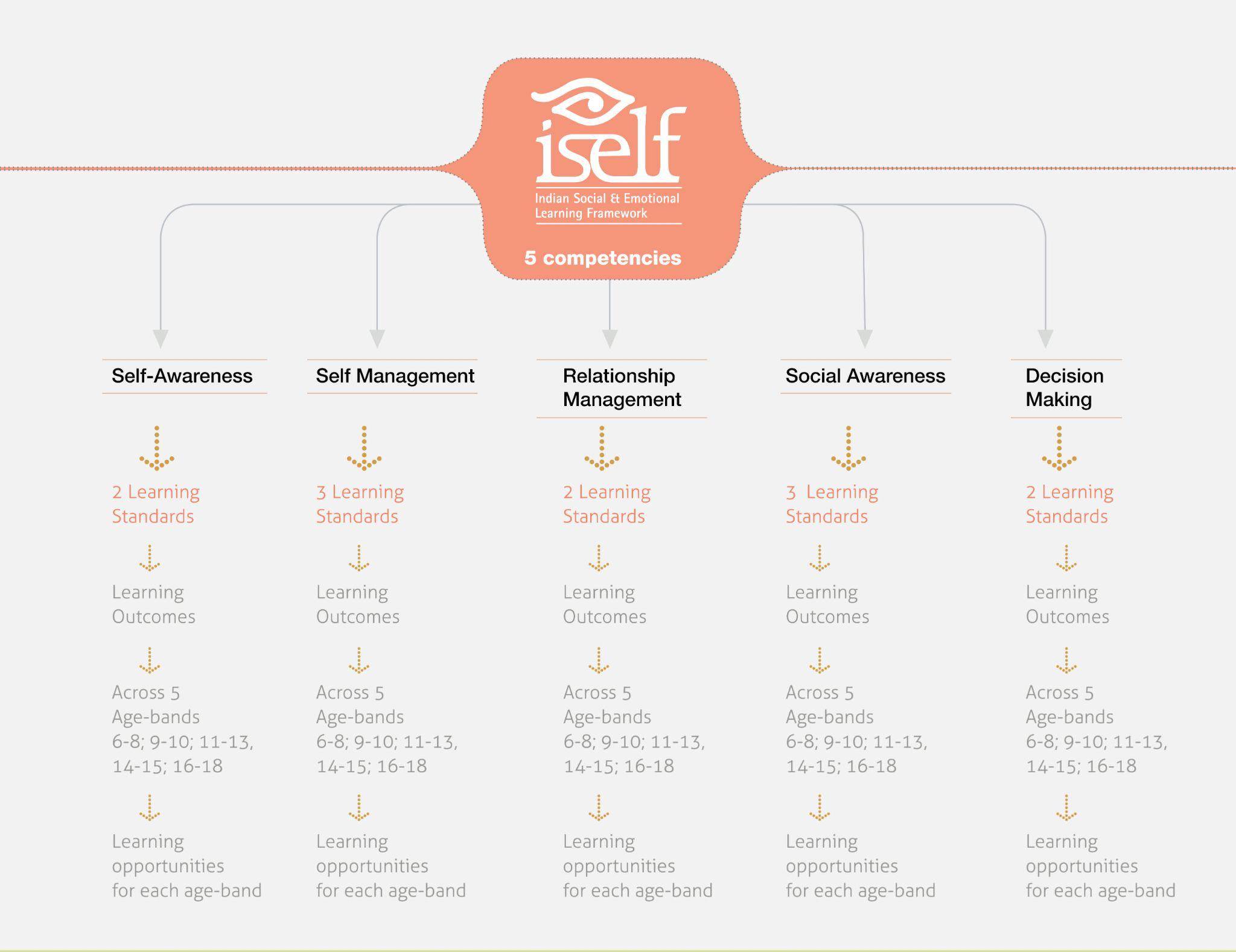- 2 Days – Orientation
- 8 days – Professional Development Workshop for teachers
- 8 days – School Based Support (2 rounds, with 4 days each for a batch of 20 teachers
The Hidden Impact of a Teacher’s Tone: A Powerful Tool in the Classroom

On a rainy Monday morning, I walked in to observe a lively Grade 6 classroom. Aditya was sketching, unaware the teacher had arrived. She snapped, “Aditya, are you even listening?” The room fell silent and his cheerful face turned to embarrassment. That moment stayed with me all day.
As I reflected, one question stayed with me: What made her tone so sharp? Was it the rain, the urgency or just a hectic morning? More importantly, how did it make Aditya feel? That moment was a turning point – I realised a teacher’s tone isn’t just about managing a classroom or delivering lessons – it holds the power to either nurture curiosity or quietly shut it down.
The Power of Tone: More Than Just Words
In any classroom, the teacher’s voice is omnipresent. But it is not just what we say that matters; it is how we say it. Our tone can convey warmth, encouragement, understanding and respect. Conversely, it can also communicate disappointment, impatience or frustration. As educators, our tone is like an invisible thread connecting us to our students, capable of either building bridges or creating walls.
A Realisation Through a Mistake
A colleague once shared how tone shaped her teaching. While explaining a tough grammar topic, Uma corrected Ravi with, “No, that’s wrong. Please pay attention.” His shoulders slumped, he avoided eye contact and stayed silent the rest of the class.
Reflecting on it that night, Uma realised there is a need to change her tone. The next day, when another student made a mistake, she responded with, “That’s an interesting idea, but let’s dig a little deeper together,’’ and Ravi’s hand went up again.
Let us explore how the tone of voice shapes our classroom culture through this video below-
Impact of Teacher Tone-of-Voice on Student Achievement

The Right Teacher Tone Creates Trust and Connection
Our voice does more than convey information—it shapes the classroom culture. The right tone builds trust, encourages connection and sets the emotional tone for learning. Students feel more comfortable asking questions and seeking help if we use encouraging words and a warm teacher tone of voice in the classroom.
Strategies for Using Tone Mindfully
Teacher’s voice is a powerful tool for giving instructions, asking questions, managing transitions and guiding behaviour. It’s a versatile skill that requires constant adjustment to fit classroom dynamics and often takes years to master.
That’s why it’s helpful to be mindful of how things like intonation, volume and the pacing of our speech can influence behaviour and how these qualities of voice can be judiciously deployed in ways that are likely to reinforce learning.
| Strategy | Description |
| 1. Pause Before Reacting | Take a deep breath before speaking in challenging situations to help choose a calm, constructive tone. |
| 2. Reframe Your Language | Replace negative phrasing (e.g., “That’s wrong”) with encouraging alternatives like “Let’s think about this again.” |
| 3. Use Non-Verbal Cues | Reinforce a positive tone through smiles, nods, or eye contact—sometimes non-verbal signals are more powerful than words. |
| 4. Reflect on Your Tone Regularly | After each class, review your tone. Consider whether it was too harsh or could have been more supportive. Use this insight to improve. |
The Hidden Cost of Negative Tone
A harsh or sarcastic tone, even when unintentional, can have lasting effects on students. It can make them fearful of participation, lower their self-esteem, and create a negative association with learning. On the other hand, a positive and encouraging tone can help students become more confident, curious and resilient.
Let the following sentence prompts make it clear:
Instead of this – ‘’Do I look like your servant; Am I here to clean up your mess? ‘’
Try this – ‘’Mitesh, its time to clean up your Science materials.’’
Instead of this – ‘’Oh!, what a shock! Mitesh forgot to prepare his presentation again’’
Try this – ‘’ Mitesh, let’s chat later about how to get you ready for your presentation.’’
Instead of this – ‘’Excuse me, Saba? Do you think you’re the only person who needs help right now ?’’
Try this – ‘’Saba, I’ll be with you in a few minutes.’’
Closing Thoughts
As teachers, our voice is a constant companion to our students. It can be a source of comfort, a guide for clarity or a mirror reflecting their potential. But if used carelessly, it can also become a source of fear! Let’s remember that every word we speak and the tone we use, becomes part of our students’ learning experience.
 Reflective Prompts to Examine one’s Use of Voice
Reflective Prompts to Examine one’s Use of Voice
- Can you recall a moment when your tone made a student smile or feel confident?
- Recall a time when your tone unintentionally upset a student. How did you feel afterward, and how did you resolve it?
- Reflect on how your tone changes during high-stress situations. What can you do to maintain a calm, positive tone?
- Have you ever received feedback from students or colleagues about your tone? What did you learn from it?
Nidhi Soni
Assistant Head – Training & School Relationships
The Teacher Foundation, Mumbai




